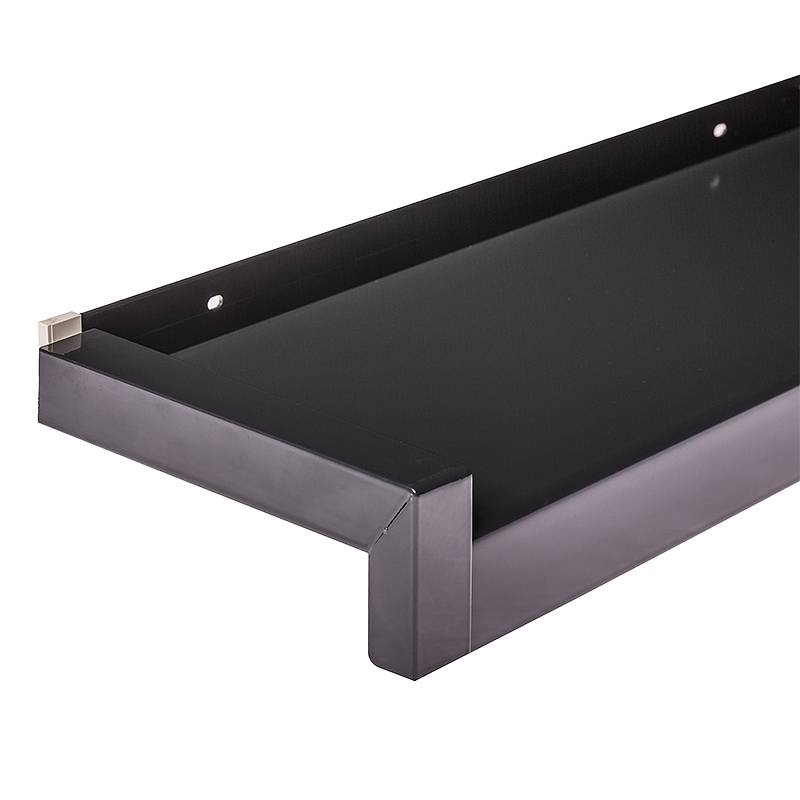Window Boards
High-Quality Window Boards offer day-to-day Usability and enhance the Look of your House
The main purposes of windows are very clearly defined - they provide security and thermal insulation when closed and convenient airing when opened. However, additional construction elements can add further uses to a window. The window board is one such construction element that does not only protect the reveal but can also be used as a convenient space for placing decorative items. Contemporary sills can be made from various different materials, all of which can be coloured according to your personal taste.
The modern Sill for interior and exterior Application
While the term 'window board' is sometimes used to explicitly refer to the interior window sill only, it actually refers to the long, flat boards made of uPVC, wood, aluminium or stone, which constitute the sill, regardless of whether they are installed as internal or external sills. However, it is certainly important to clearly distinguish between a window board used on the interior and one employed externally, as there are a few notable differences:
- An internal window board does not need to be weather-proof
- Boards installed on the outside of the window are sloped
- Any exterior model should feature a drip edge
- Exterior sills are often mounted onto the window frames themselves
These differences in construction and installation are the result of differences in usage. For instance, as it is mounted on the inside of your home, an internal sill typically does not come into contact with rain or hail, though exterior sills do. Thus, effective protection against water is really only required of external sills.


